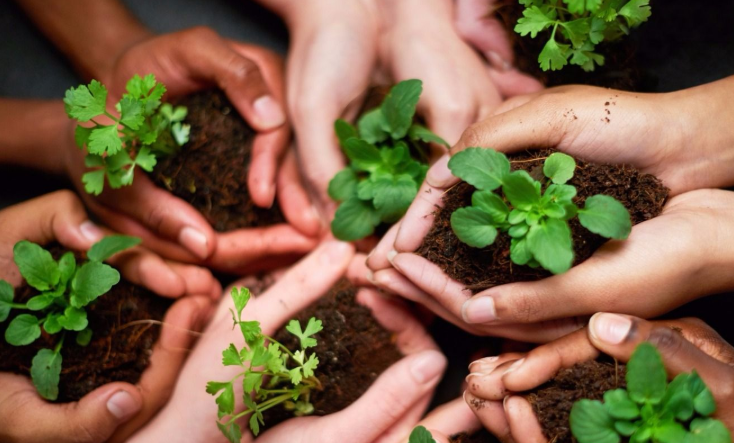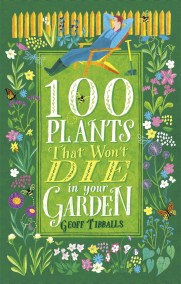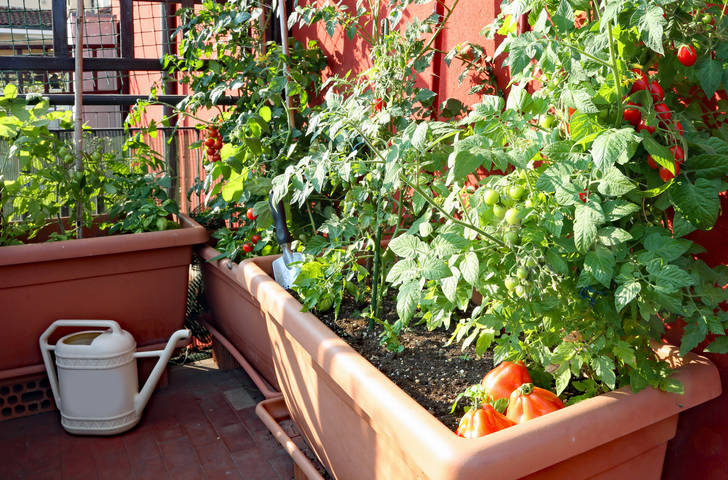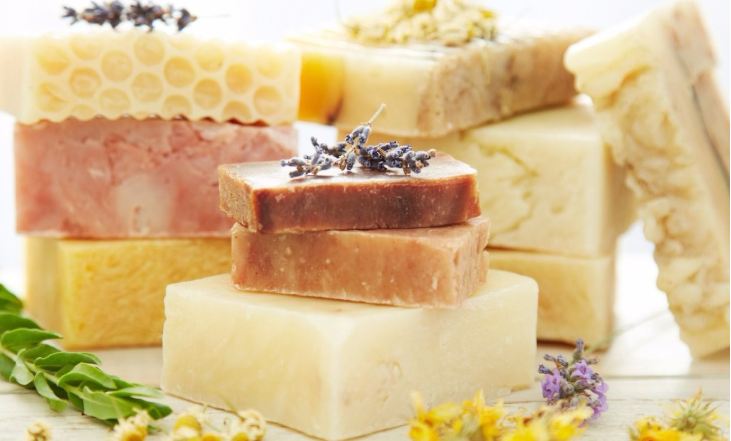How to Plant Flowers That Won’t Die in Your Garden

There are some easy steps to follow when learning how to grow flowers. Planting them correctly is the first – and, most important – step. Giving them a good start will help them do well, meaning that even the least green-fingered person can stop plants dying from the outset. Here’s how to pot plants for a successful and beautiful garden:
Water the plant well the day before planting
- Dig a hole twice the width and a few inches deeper than the pot the plant is currently in
- Remove any large stones from the area you’re planting in
- Scatter 2 to 3in of compost into the bottom of the hole so the plant has something soft to grow into
- Add fertiliser – the bigger the plant, the more fertiliser it will need. This helps the plant to get off to a good start. Large plants can thrive with some rotted compost or manure too
- Add horticultural grit to the mixture in the bottom to improve drainage – you can buy this from a garden centre for around £6
- Remove the plant from its pot by gentle squeezing the sides and tapping the base
- If the plant is staying a bit too firmly in its pot, gently loosen a few of the roots at the sides and bottom without breaking them
- Place the plant carefully in the centre of the hole. The crown of the plant should be at soil level
- Fill the spaces at the side of the hold with multi-purpose compost
- Pat the soil around the newly planted pot, and top up with loose soil or compost
- Water the plant thoroughly, and do this for the next couple of days
So now you know the building blocks of how to grow flowers, what exactly should you think about planting? There are a range of plants hardy enough to thrive in the British weather with a little TLC.
Perennials are a great place to start, as they come back, year after year, and some – like the ones below – are very tough and perfect for anyone struggling to stop plants dying.
Achillia millefolium ‘Lilac Beauty’ [Yarrow], which produces long-lasting lilac-pink flowers on 3ft stems in the height of summer.
Aconitum [Monskhood] is highly poisonous, but hardy as it stops slugs and snails going near it. Make sure gloves are worn when planting, and it’s out of reach of children.
Ajuga reptans ‘Burgundy Glow’ [Bugle] has lovely deep-pink evergreen foliage with grey green splashes and cream edging, and only grows to around 6in, but creeps around bulbs and taller plants – and needs no care whatsoever.
Alchemilla mollis [Lady’s Mantle] takes its name from the Arabic for ‘little magical one’. With soft, hairy pale-green leaves, it’s unfussy about soil conditions.
Anaphalis [Pearly Everlasting] produces small, white papery, daisy-like flowers, and while it prefers full sun, it will tolerate partial shade.
Aquilegia [Columbine] flowers in early May, and grows in a stunning range of colours and the petals are said to resemble an eagle’s claw.
Astilbe, with its large plume-like flowers in red, pink or white works well in shady or semi-shaded spots. And it’s one of the easiest plants to look after, provided there’s plenty of rotted organic matter with it when it’s planted.
For more tips on gardening, including how to grow herbs, check out 100 Plants That Won’t Die In Your Garden (£7.99, Robinson) by Geoff Tiballs.
Stocking a garden with plants can be an expensive business, so there are few things more frustrating than when the prized specimen for which you have paid a king's ransom either online or at a garden centre shrivels up and dies within a year or so of purchase. If you can prove that the plant was half-dead when it arrived, you may able to obtain a refund from some online retailers, but for the most part you have to put it down to experience and make a firm mental note not to buy fussy plants in future.
The problem is that many websites and catalogues claim that everything they stock is easy to grow. Herbaceous perennials are a particular minefield. Too often you are told that a certain plant 'will come back year after year' without fail when in reality it is either so tender that the only chance of it surviving an average British winter is in a greenhouse or it is a short-lived perennial that is unlikely to flourish beyond two years anyway - and even then only if the local slugs and snails are on a diet.
This book cuts through the horticultural sales pitches by listing 100 plants which, for little care beyond the essential watering at planting time, can reliably be expected to thrive in just about any garden. These plants are all but indestructible - pests give them a wide berth, they will prosper in any reasonable garden soil and will withstand anything that the UK climate throws at them. Divided into sections for shrubs, conifers, climbers, perennials, grasses, annuals, alpines and bulbs and with each entry having a Value For Money (VFM) rating out of 10, this easy-to-use guide will prove invaluable not only for the new gardener but also for old hands who are fed up with wasting time and money on plants that all too rapidly lose the will to live. With these suggestions, you can be assured of year-round colour and interest in your garden for the minimum of effort.









